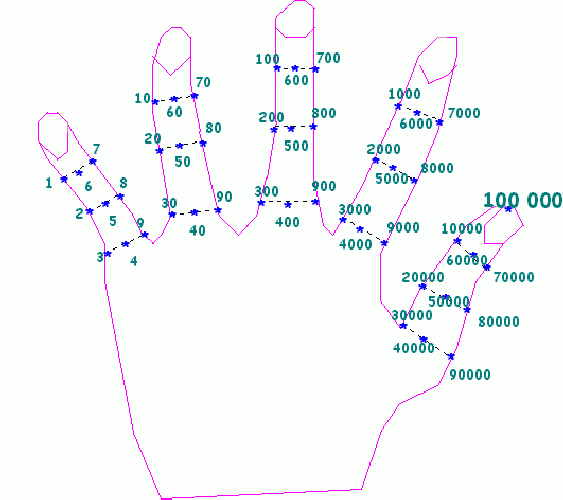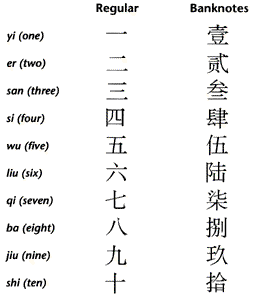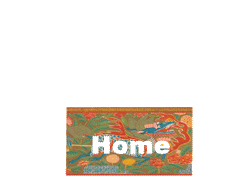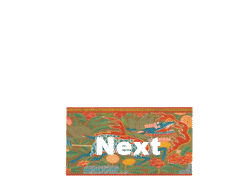|
Count With Your Fingers - Chinese Style!
-
 Who
would have thought it was possible to count up to one hundred thousand,
just on one hand? Who
would have thought it was possible to count up to one hundred thousand,
just on one hand?
- In this system, each successive finger represents
an increase of one in the power of ten, allowing numbers up to ten to
the power of five!
- When both hands were used, the Chinese could add,
subtract, multiply and divide, only using their fingers!
Fun Facts
I would
like to thank Steven I. Levine for being so supportive and allowing me to use this
site. He also sent my class a complimentary China Box. Thank you, again,
Steven.
|


 Who
would have thought it was possible to count up to one hundred thousand,
just on one hand?
Who
would have thought it was possible to count up to one hundred thousand,
just on one hand? 
